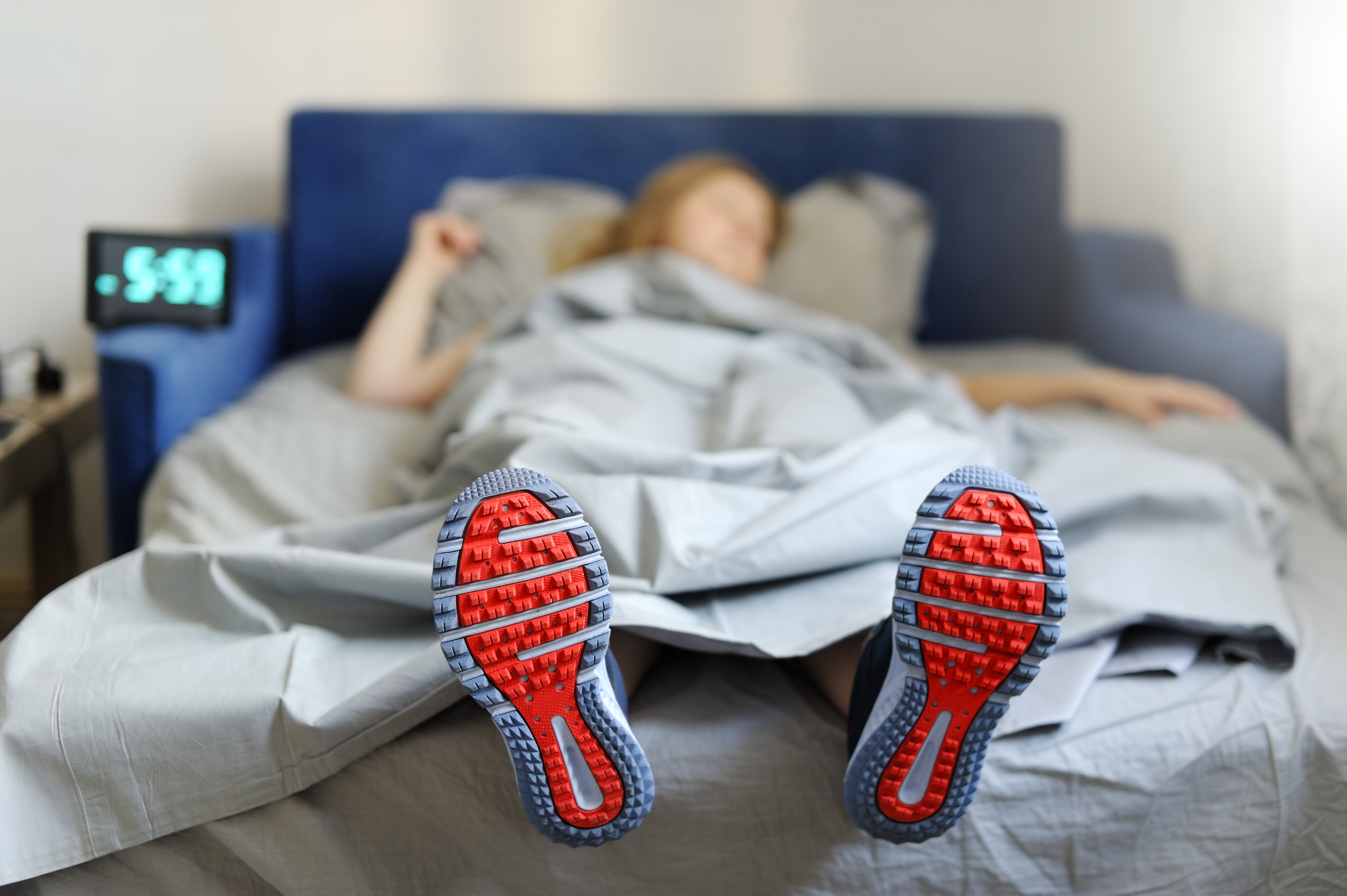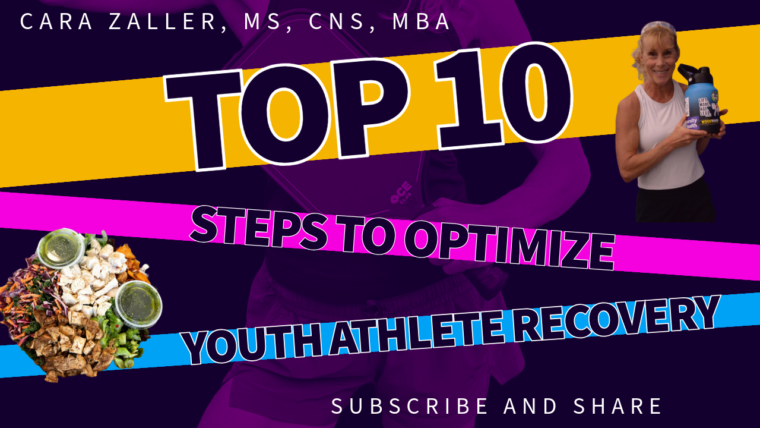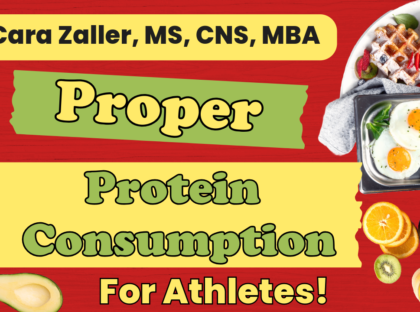Recovery is a vital aspect of athletic performance, especially for youth athletes. Proper recovery not only enhances performance but also helps prevent injuries and promotes long-term health. Below are ten steps to optimize recovery from sports for youth athletes.
Step 1: Prioritize Your Nutrition
Recovery starts well before the day of the game or training session. Youth athletes need to establish a solid nutritional foundation days before competition. This includes consuming a balanced diet rich in carbohydrates, proteins, healthy fats, vitamins, and minerals. Nutrient-dense carbohydrates are especially important for replenishing glycogen stores in the liver and muscles, which are crucial for optimal performance and recovery.
Step 2: Focus on Nutrient Dense Carbohydrates  For male athletes, it is recommended to consume 1.2 to 1.5 grams of carbohydrates per kilogram of body weight within 30 minutes post-exercise to promote glycogen replenishment effectively. Female athletes may benefit from a similar carbohydrate intake, but they should also focus on their individual energy needs, which can vary based on body composition and training intensity. Low energy intake for a
For male athletes, it is recommended to consume 1.2 to 1.5 grams of carbohydrates per kilogram of body weight within 30 minutes post-exercise to promote glycogen replenishment effectively. Female athletes may benefit from a similar carbohydrate intake, but they should also focus on their individual energy needs, which can vary based on body composition and training intensity. Low energy intake for a
female athlete has more negative health consequences impacting their hormones which can manifest as missed, irregular or heavy periods, mood swings, fatigue and more. Muscle Protein Synthesis is also dependent on carbohydrates, albeit a small amount, to occur.
Step 3: Include Protein in Recovery Meals
Protein is essential for muscle repair and recovery. Both male and female athletes should aim for 25-30 grams of high-quality protein (3 1/2 -5 ounces) within 30 minutes post-exercise. This can be achieved through sources like animal sources of protein (i.e. fish, turkey, chicken, beef), dairy products or plant-based proteins if they are vegan (which is not ideal for youth athletes). Animal sources are preferred due to the leucine content.
Please reference my last blog and YouTube video about this. Male athletes, due to typically higher muscle mass, might require slightly more protein, while females should focus on meeting their specific protein needs based on their body weight and activity level. Vegan athletes, both male and female, will have to consume twice as many calories to achieve the same amount of protein.
Step 4: Timing Matters
Timing of recovery nutrition is critical. Research indicates that males can benefit from a larger post-exercise window to replenish glycogen stores, while females may need to be more precise about timing to optimize recovery. Males can spread their carbohydrate intake over several hours post-exercise, while females should aim to consume carbohydrates and protein sooner after exercise to enhance recovery. Many claim that carbohydrates are not necessary as fat consumption covers energy use. However, there is no need to demonize the intake of carbohydrates. In fact, research shows that proper carbohydrate consumption is not only safe, but beneficial.
 Step 5: Hydration is Key
Step 5: Hydration is Key
Proper hydration plays a significant role in recovery. Athletes should hydrate before, during, and after exercise. The general recommendation is to drink 500-700 mL (16-24 ounces) of water or an electrolyte-rich beverage for every kilogram of body weight lost during exercise. The longer the exercise, the more you will need to replenish electrolytes.
Many follow the idea that if you have an exercise session over one hour, you will need more than just water to help keep the body functioning optimally. With longer exercise sessions, you must consider not only hydration, but also electrolytes. For both males and females, dehydration and/or electrolyte deficiency will hinder recovery and performance. More details about hydration in a future blog.
Step 6: Monitor Micronutrient Intake
Micronutrients, including vitamins and minerals, are essential for recovery and overall health. Youth athletes should ensure they consume a variety of fruits and vegetables to meet their micronutrient needs. Males may require more iron due to greater muscle mass and exercise intensity, while females need to be particularly vigilant about iron, especially during menstruation, as they are at a higher risk for deficiency.
Is it necessary to supplement to get all of your necessary micronutrients? If you have a well-balanced nutritional profile with a wide variety of nutrient dense foods, then the answer is maybe not. However, with increased activity, food that is no longer high in micronutrients due to the soil, and a diet that is limited in variety, most will need to supplement due the accelerated rate of use of the nutrients from the extra activity/stress on the body.
Step 7: Rest and Sleep Adequate sleep is crucial for recovery. Youth athletes should prioritize getting 8-10 hours of quality sleep each night. Sleep helps repair muscles, replenish energy stores, and improve overall performance. Both males and females should develop a consistent sleep routine, aiming to go to bed and wake up at the same times daily.
Adequate sleep is crucial for recovery. Youth athletes should prioritize getting 8-10 hours of quality sleep each night. Sleep helps repair muscles, replenish energy stores, and improve overall performance. Both males and females should develop a consistent sleep routine, aiming to go to bed and wake up at the same times daily.
For those of you who monitor the key metrics of recovery (temperature, heart rate, heart rate variability, and respiration), proper sleep yields significant improvements in these areas. For many, proper sleep is the component that is least taken advantage of…it’s free and easy to do…it’s vial…yet, so many do not value the importance of sleep and therefore, do not get enough sleep.
Step 8: Active and Passive Recovery Strategies
Incorporating active recovery strategies, such as light exercise, stretching, or yoga, can be beneficial post-training or competition. These activities promote blood flow to the muscles, helping to alleviate soreness and stiffness. Active recovery can be tailored to both male and female athletes based on their preferences and physical needs. Active recovery does not replace the need of passive recovery, or things you are not doing physically to help with recovery. Passive recovery includes hyperbaric therapy, massage, acupuncture, float tank, sauna, etc… Both active and passive recovery tools are vital for the youth athlete.
Step 9: Listen to Your Body
Youth athletes should be encouraged to listen to their bodies and recognize signs of fatigue or overtraining. This might include changes in mood, prolonged soreness, or decreased performance. Understanding when to rest and when to push is vital for long-term success and well-being for both male and female athletes. Data shows that 50% of youth sports injuries are preventable. Youth athletes need time off from their sports and they need to be involved in other activities. Additionally studies show that the rate of injury is greatly increased for those athletes that get less than 7 1/2 hours of sleep.
Step 10: Consult with Professionals
Finally, youth athletes and their families should consider seeking guidance from sports nutritionists, coaches, and healthcare providers. This can help ensure that athletes receive tailored advice based on their individual needs, training schedules, and goals. Each athlete requires a personalized approach to optimize performance and injury recovery.
Optimizing recovery for youth athletes involves a comprehensive approach that includes nutrition, hydration, sleep, and active and passive recovery. By understanding the specific needs of male and female athletes and considering the timing and quality of their nutrition, athletes can enhance their recovery and performance. The foundation of recovery is built over days, not just hours, making consistent attention to diet and self-care essential for success in sports. By following the ten steps above, youth athletes can optimize their recovery, leading to improved performance and overall better health with their sporting endeavors.
References:
1. Sims, S. T., & Heatherington, M. (2017). “The Role of Nutritional Strategies in Recovery from Training.” *Journal of Sports Sciences*.
2. Maughan, R. J., & Burke, L. M. (2012). “Sports Nutrition: A Complete Guide for Athletes.” *Human Kinetics*.
3. Phillips, S. M., & Van Loon, L. J. C. (2011). “Dietary Protein for Athletes: From Requirements to Metabolism.” *Journal of Sports Sciences*.
Don’t Be a Meathead is protected by Copyright laws. If you wish to post any content from www.dontbeameathead.com, you must obtain express (written…this can be email) permission before doing so. We love sharing important information to help people and we do appreciate your respect for our intellectual property.





